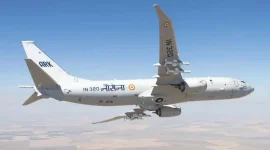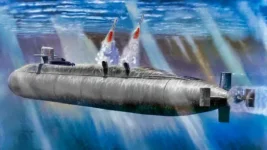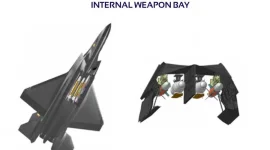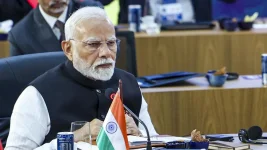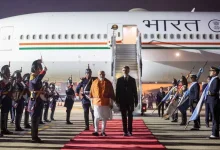India's Ministry of Defence (MoD) has directed the Gas Turbine Research Establishment (GTRE) to finalise its selection of a foreign partner for developing a next-generation fighter jet engine by the end of 2025.
This critical decision, choosing between Britain’s Rolls-Royce and France’s Safran, will determine the powerplant for the advanced Mark 2 version of the Advanced Medium Combat Aircraft (AMCA), the nation's flagship stealth fighter program.
The decision is a cornerstone of India's defence modernisation and its 'Aatmanirbhar Bharat' policy.
The future engine, targeted to produce 110-130 kilonewtons (kN) of thrust, is essential for equipping the AMCA Mk2 with advanced capabilities. These include supercruise, which is the ability to fly at sustained supersonic speeds without the heavy fuel consumption of afterburners, as well as powering sophisticated systems like directed-energy weapons and AI-coordinated drone swarms.
While the initial AMCA Mk1 variant is scheduled to fly with an American General Electric F414 engine, the more evolved Mk2 requires a significantly more powerful and modern engine to realise its full potential as a 5.5-generation fighter.
The partnership aims to not only secure this technology but also to establish a domestic ecosystem for designing and manufacturing advanced aero-engines.
The Competing Proposals
Bengaluru-based GTRE, a key laboratory of the Defence Research and Development Organisation (DRDO), is evaluating detailed proposals from both European aerospace giants.A non-negotiable term from India is the complete ownership of Intellectual Property Rights (IPR) and 100% transfer of technology, ensuring strategic autonomy.
- Rolls-Royce: The British firm has offered to co-develop a new engine specifically for the AMCA, incorporating advanced features like Variable Cycle Engine (VCE) technology for greater fuel efficiency and performance. Their proposal guarantees full IPR ownership for India and leverages their experience from developing the EJ200 engine for the Eurofighter Typhoon and their work on next-generation propulsion for the Global Combat Air Programme (GCAP).
- Safran: The French company is building on its existing relationship with India through the Rafale jet's M88 engine. After initially proposing a split, Safran has now matched the offer of 100% technology transfer and IPR. Their offer promises strong industrial cooperation with GTRE. However, analysts have noted that Safran has not previously developed an engine in this high-thrust category, which presents a potential development risk.
Overcoming Past Challenges
This push for a foreign partnership is shaped by India’s past experiences with indigenous engine development.The Kaveri engine program, started in the 1980s, struggled to meet the thrust requirements for modern fighter jets despite decades of effort.
The project highlighted significant challenges in mastering complex metallurgy, advanced manufacturing techniques, and the lack of a robust domestic aerospace supply chain.
By collaborating with an established global leader, India aims to bridge this technological gap and accelerate its learning curve.
A Demanding Timeline for a Future-Proof Engine
The Ministry of Defence has outlined an ambitious timeline to ensure the engine is ready for the AMCA Mk2's planned induction.Following the partner selection in 2025, detailed negotiations will proceed in 2026.
The goal is to have the engine's critical core completed by 2030, with the full engine ready for production by 2034.
The first batch of AMCA Mk2 aircraft integrated with the new engine is expected to enter limited series production in 2035.
Both Rolls-Royce and Safran have proposed a modular engine design. This will allow for future upgrades, potentially increasing thrust to 145 kN.
Such scalability ensures the engine will remain relevant for decades, positioning it as a potential powerplant for a future 6th-generation fighter that could eventually replace the Indian Air Force's Su-30MKI fleet after 2040.
The final decision by GTRE will therefore have a long-lasting impact on India's air combat capabilities and its journey toward self-reliance in defence technology.

